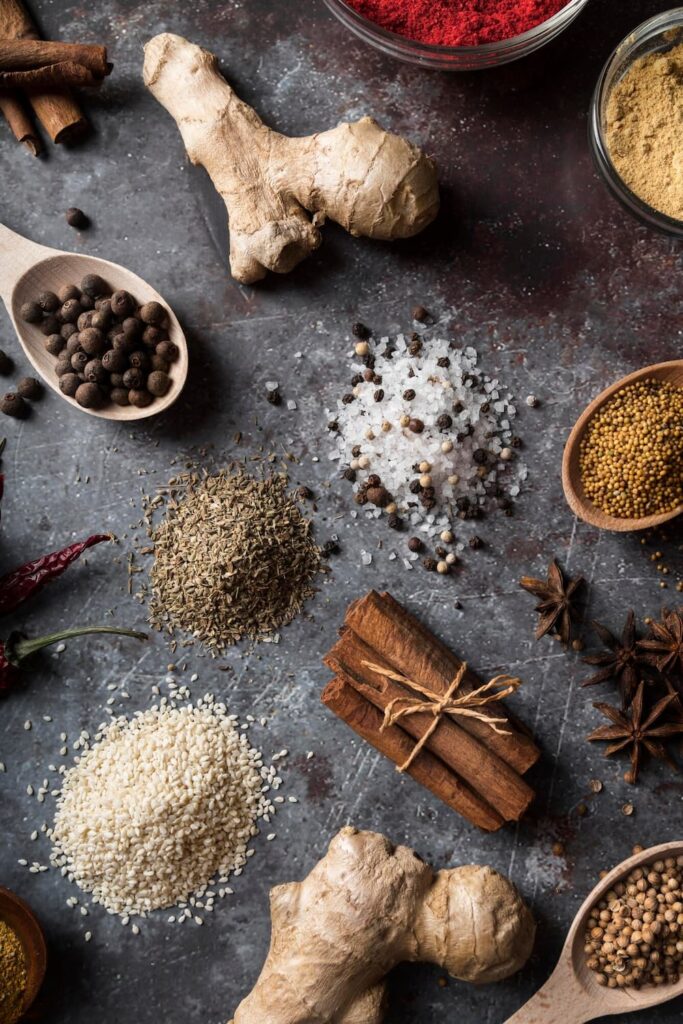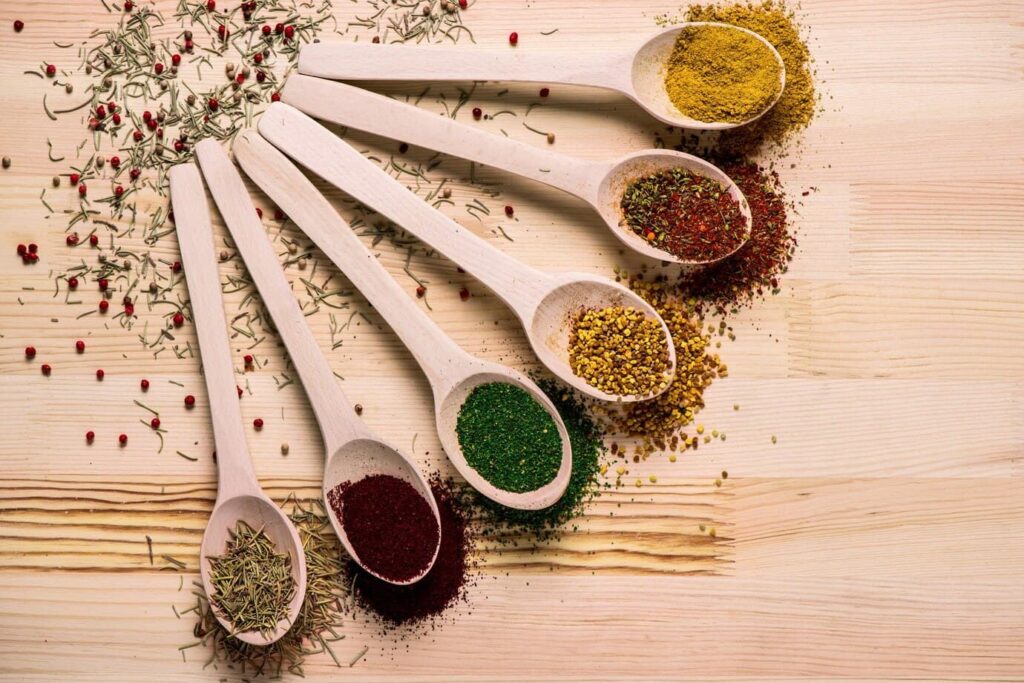Welcome to the most colorful and aromatic aisle of the grocery store. It’s also, for many aspiring home cooks, the most intimidating. A wall of tiny, identical jars filled with mysterious powders and seeds can feel like a test you haven’t studied for. What’s the difference between cumin and coriander? When do you use smoked paprika instead of sweet? The fear of “getting it wrong” often leads to the most common culinary mistake of all: under-seasoning.
But what if you reframed your perspective? A spice rack isn’t a collection of rigid rules; it’s a toolkit for creating flavor. It’s your personal palette for painting a delicious meal. This guide isn’t just a list of what to buy. It’s a foundational course in how to think with spices, how to build your intuition, and how to start a conversation with your ingredients. By the end, you’ll see your spice collection not as a source of anxiety, but as a source of endless creativity and confidence in your kitchen.
Building Your Core Spice Toolkit
Before you can conduct an orchestra, you need to know your instruments. A beginner’s spice rack doesn’t need fifty different jars. It needs a small, versatile team of workhorses that can play well together and shine on their own. Your goal is to learn the personality of each one. Don’t just read the label; open the jar. Smell it. Taste a tiny pinch. Get to know it. This core group will be your foundation, and once you master them, expanding your collection will feel natural and exciting. Focus on buying small quantities of high-quality spices to ensure they are fresh and potent.
Let’s begin with the foundational savory powerhouses. Cumin is essential, offering a warm, earthy, and slightly bitter character that brings a smoky depth to any dish. To understand its magic, toss chickpeas with olive oil and a generous sprinkle of cumin before roasting for a crunchy, flavorful snack. Next, embrace the transformative power of smoked paprika. Made from smoked and dried peppers, it provides a rich, mildly sweet, and instant barbecue flavor without a grill. A half-teaspoon can completely elevate roasted potatoes or your morning scrambled eggs. Alongside it, garlic powder is a crucial team player. While fresh garlic is irreplaceable, the powder provides a smooth, toasty, and mellow garlic flavor that infuses an entire dish evenly. Try mixing it into softened butter with a pinch of herbs to create a quick and delicious garlic bread spread.
For a touch of the Mediterranean, you’ll need dried oregano. Its robust, peppery, and earthy flavor has hints of mint and is the quintessential herb for Italian and Greek cuisine. A simple way to get acquainted with its profile is to whisk it into a basic vinaigrette of olive oil, red wine vinegar, salt, and pepper. To control the heat in your dishes, red pepper flakes are your best friend. They offer a clean, sharp, and pungent spice that doesn’t overpower other flavors. Start by adding just a pinch to a slice of pizza or a simple pasta dish to understand its potency.
Finally, let’s look at two spices that brilliantly bridge the gap between sweet and savory. Cinnamon, known for its sweet and woody warmth, is a baking staple, but it also adds incredible complexity to savory dishes. Add a tiny pinch to your next chili or tomato-based stew; it will provide a background warmth you can’t quite identify but will absolutely love. The last, and perhaps most crucial, item is whole black peppercorns. Forget the pre-ground dust in shakers. Grinding your own pepper just before using it releases its pungent, woody, and bright floral oils for a flavor that is infinitely superior. Experience the difference by coarsely cracking fresh pepper over a steak before searing it.
Beyond the Recipe: Learning to ‘Think’ with Spices

Now that you have your toolkit, the real magic begins. Cooking with confidence means learning techniques that aren’t always written in the recipe. The most important technique is called “blooming.” Spices contain fat-soluble flavor compounds, which means their flavor is released and intensified when they are heated in a fat, like oil or butter. Simply stirring dry spices into a pot of soup is like trying to have a conversation by whispering across a crowded room. Blooming them is like giving them a microphone.
Here’s how to do it: when you start a dish, heat your oil or butter in the pan. Once it’s warm, add your hard, earthy spices like cumin or coriander and stir them for just 30 to 60 seconds, until they become incredibly fragrant. You’ll see the oil change color. That color is flavor. This one step will make your food taste more professional and deeply flavored. Add your onions, garlic, or other ingredients right after to stop the spices from burning. Delicate dried herbs like oregano are added later in the cooking process, as their flavor can burn off with too much heat.
The second principle is layering. Don’t add all your seasonings at once. Taste your food throughout the cooking process. Is the soup a little flat? It might not need more salt; it might need a dash of smoked paprika for depth or a final sprinkle of fresh pepper for a bright kick. Learning to diagnose and adjust is what separates a cook from a chef. Trust your palate. A recipe is a map, but you are the driver. If you think a dish could use a little warmth, try a pinch of cinnamon. If it needs a bit of a kick, reach for the red pepper flakes. This is how you develop your own culinary style.
